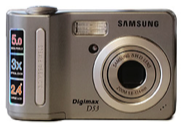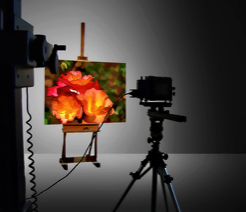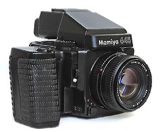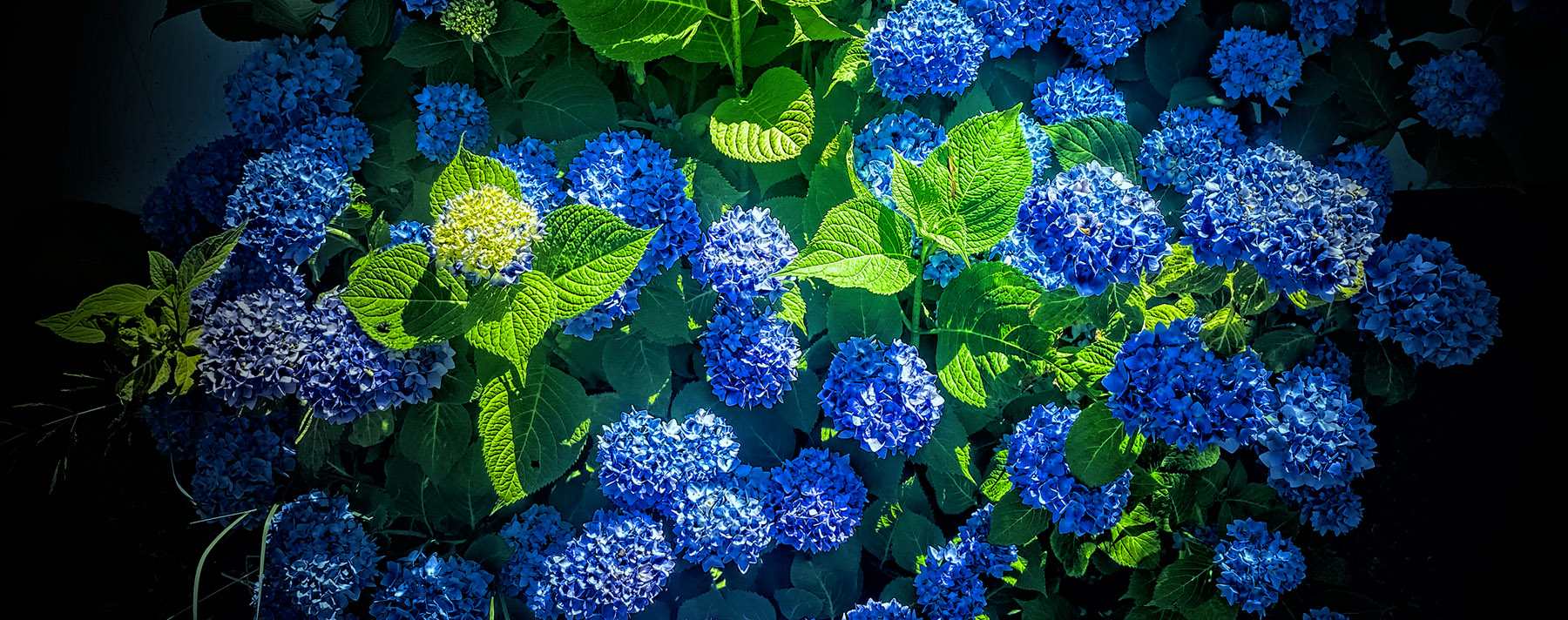Fine Art Scanning
Once you've finished an artwork, the next critical step is preserve the image for posterity!
That may sound a little presumptuous, but in fact, even after you have sold your artwork, you retain the rights to the image you created. This is called Copyright. It is important that you somehow retain a copy of that image for possible later use. The easiest way to do that is to take a picture of it!
The question is…
What's the best way to photograph my artwork?
Option 1:
Option 3:
Option 2:
Take the picture yourself.
Have a pro photographer shoot film.

Possibly a good option if you are a very good photographer, have proper lighting, and a large format film (4X5 or larger) or 15+ megapixel digital camera. You will need this level of equipment and lots of practice to get images good enough to make high quality prints.

High quality, high resolution digital photography solves many of the problems of film. A photographic system like our Betterlight Large Format Scanning Digital Camera features a 180 Megapixel camera with extremely low noise that will accurately capture the nuances of your work. The Betterlight is also able to record 14+ fStops of density variation in one shot. Together with it’s ability to record from 8 to 30 times the data that the typical prosumer or professional digital camera can, the Betterlight captures an abundance of detail that helps to bring the look and feel of your artwork to the new media. Where most other professional digital cameras can only produce a 60- 75 megabyte file, the Betterlight Scanning Camera easily creates a 400 megabyte file (without interpolation)… not only is this large enough for virtually any Fine Art / Giclée project, but is large enough to print billboards, if desired!

Capturing your work on 4X5 or medium format film is still quite common, howerver, there are no advantages to shooting on film vs a high quality digital, in fact there are many drawbacks. Capturing on film adds an unnecessary layer… a generation… between your original and the final print.
Film is designed to create pretty pictures not accurately reproduce your original. It will add contrast to the subject and often brightens and saturates its color. This makes for a pleasing photograph, but often buries the subtleties of the work.
Film also has a grain that digital doesn't. While film grain can be esthetically pleasing when the final product is the photograph itself, when it occurs in art reproduction, film grain interrupts the fine details by adding noise to the picture. Fine brush strokes are broken up or disappear altogether, that subtile shimmer and glisten that oil paint exhibits is dulled, colors are unnaturally enhanced… in other words, the soul of the work is lost. And of course, with film, you still need a high quality, high resolution, and often expensive drum scan to complete the project with top notch results!
Film is designed to create pretty pictures not accurately reproduce your original. It will add contrast to the subject and often brightens and saturates its color. This makes for a pleasing photograph, but often buries the subtleties of the work.
Film also has a grain that digital doesn't. While film grain can be esthetically pleasing when the final product is the photograph itself, when it occurs in art reproduction, film grain interrupts the fine details by adding noise to the picture. Fine brush strokes are broken up or disappear altogether, that subtile shimmer and glisten that oil paint exhibits is dulled, colors are unnaturally enhanced… in other words, the soul of the work is lost. And of course, with film, you still need a high quality, high resolution, and often expensive drum scan to complete the project with top notch results!
Looking for more detailed information on scanning Fine Art? See our Camera Department's site Expert Art Scans
